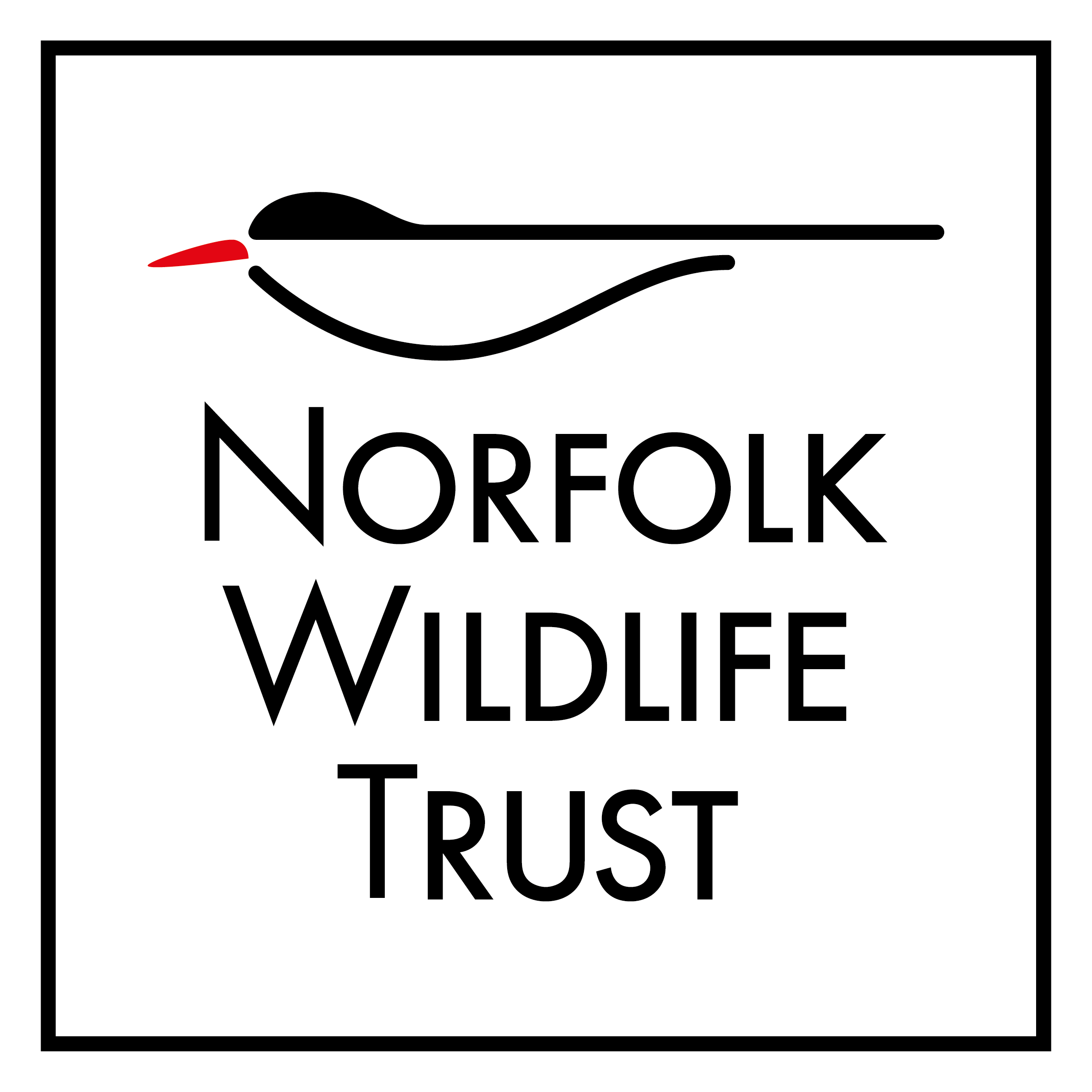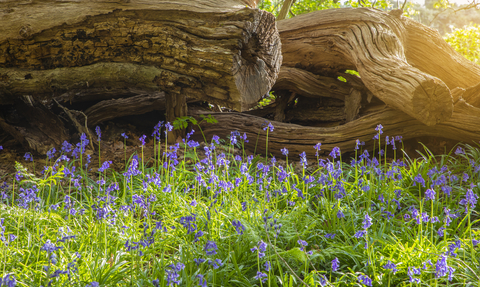
Bluebells and deadwood (credit: Ian Ward)
Norwich Western Link

UPDATE: On Tuesday 21 January 2025, we welcomed the news that Norfolk County Council had withdrawn it's planning application for the Norwich Western Link.
Despite warnings from wildlife experts, Norfolk County Council have submitted a planning application for the Norwich Western Link road.
Over 4,500 people took part in our online e-action and objected to the planning application for the road during the consultation period. This sends a strong message to Norfolk County Council that there is widespread opposition to the road across the county and beyond.
Following the planning application consultation period closing in summer 2024, we are waiting to hear from Norfolk County Council and central government regarding the future of the Norwich Western Link. We continue to raise our concerns regarding the development.
Read our response to Norfolk County Council's public consultation
Help us protect vital wildlife habitats
In 2019 Norfolk County Council (NCC) shared their plans to link the end of the current Norwich Northern Distributor Road (NDR), now called Broadland Northway, on the A1067 with the A47 near to Easton – the proposed ‘Norwich Western Link’ (NWL).
We have considered the road proposals in detail as NCC’s plans have progressed, and continue to raise our grave concerns about its impact on wildlife.
The landscape between the A47 and A1067 is a well-connected network of vital wildlife habitats including ancient woodlands, grasslands, chalk streams and floodplain. It supports ancient oak trees and species including bats, badgers and farmland birds such as yellowhammer and linnet.
Norfolk Wildlife Trust is actively opposing the development alongside a growing collective of regional and national environmental organisations.
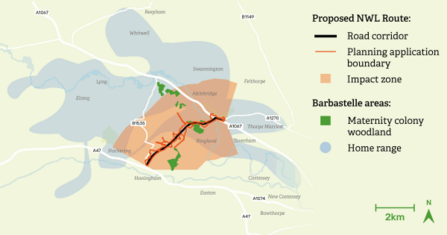
A map of the proposed NWL route
Our primary concern
Independent surveys have identified the presence of what is likely to be the largest breeding population of one of the UK’s rarest bat species, the barbastelle. Several old woodlands on and close to the route have been confirmed as “maternity woodlands” and hold breeding colonies which, together, make up a super colony with a population higher than any other recorded in the UK.
The importance of the area nationally for barbastelle bats, which are fully protected under wildlife law, cannot be underestimated. The colonies are highly dependent on the high-quality network of woodland, wetland and river habitats in the surrounding area.
The NWL would destroy some of the breeding woodlands and sever the connectivity between the remainder of the woodland breeding sites, isolating the colonies from each other, as well as placing the bats at risk of collision with the traffic on the NWL as they attempt to move across the landscape for feeding. This risks the long-term complete loss of the super-colony, which could be catastrophic for the future of the species in the UK.
Other concerns for Norfolk’s wildlife
The proposed development will fragment a wildlife-rich area, damage the River Wensum Site of Special of Scientific Interest (SSSI) and Special Area of Conservation (SAC) and destroy parts of three County Wildlife Sites: River Wensum Pastures; Primrose Grove; and Land adjoining Foxburrow Plantation.
Old woodlands and ancient trees are a rare and irreplaceable wildlife habitat. Several such woodlands are found adjacent to the proposed route. The River Wensum and River Tud, both affected by the proposed route, are wildlife-rich chalk rivers, one of the rarest habitats in the world, with fewer than 200 found across the globe.
Norfolk County Council have admitted that the area of impact of the development will extend much further than the width of the carriageways. The land around the road will also become fragmented and degraded for wildlife through noise, lights and pollution. Impacts will include:
-
Noise from the road can affect the communication between birds across the landscape, including linnet, yellowhammer and skylark, all of which are on the red-list of conservation concern. This is very likely to lead to losses in local populations, leaving them more vulnerable in the future.
-
Species including owls, bats and badgers will be at risk of collisions with vehicles.
-
More light penetrating the dark centre of woodland will disturb bats and birds.
-
Wildlife-rich chalk streams are particularly vulnerable to pollution from surface water run-off from the road.
Latest news & blogs
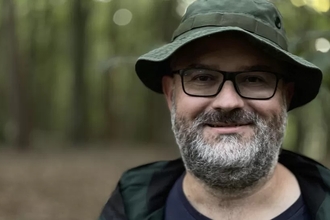
A haven for nature: Wensum Woods
Woodland owner, Iain Robinson, reflects on the latest news that the Norwich Western Link application has been withdrawn.
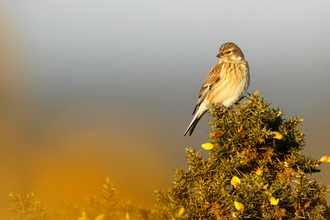
Western Link update - a win for wildlife!
We're delighted to hear that Norfolk County Council has put the needs of nature first and withdrawn the planning application to…
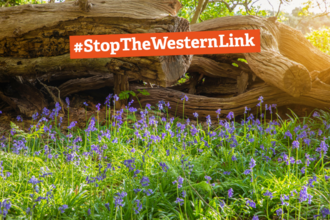
Norfolk Wildlife Trust appeals to Secretary of State to decide the fate of the Norwich Western Link
Norfolk Wildlife Trust has this week sent a letter to Rt Hon Angela Raynor MP, Secretary of State for Housing, Communities and Local…
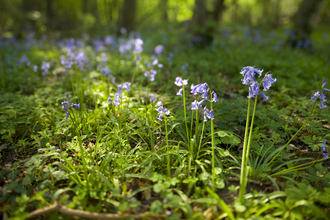
New ancient woodland discovered on Norwich Western Link route
In a further blow to plans for the controversial Norwich Western Link, an area of woodland found on the route has been designated…
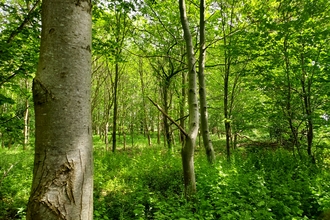
Coalition launches campaign to halt destructive road project
Following the consultation period for a planning application for the Norwich Western Link Road opening last week, we are joining forces…
We've sent a letter to the DEFRA Secretary of State to counter an "ill-advised attack" on Natural England
We have today sent a letter to the Rt Hon Steve Barclay MP, DEFRA Secretary of State, calling out Norfolk MPs who are labelling Natural…

Norwich Western Link protest (credit: Rachael Murray)
Frequently asked questions
Why is the Norwich Western Link road a national issue? Why can't the bats just move somewhere else? And what can you do to help protect the wildlife of the Wensum Valley? These questions and many more answered here!
